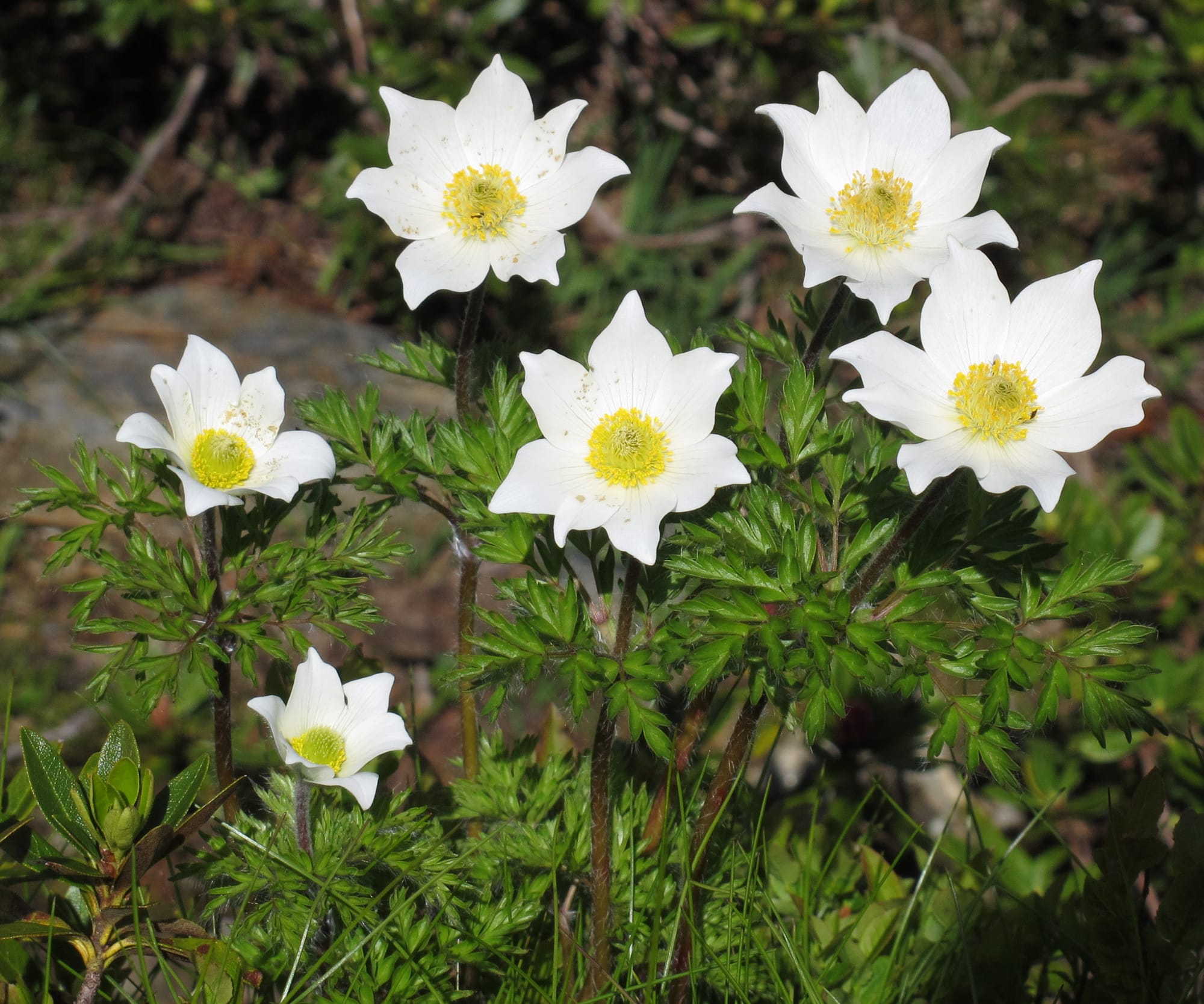You are a pretty little flower. You are Pulsatilla alpina, the alpine pasqueflower. You are have both male and female sexual machinery. This raises a conflict within you.
All species that sexually reproduce have "sexual conflict," where sex-specific traits have different evolutionary arcs or are just straight-up in conflict with one another. This can be as micro-sized as genes shared by two sexes producing different results for either sex, where a mutation in the same location hurts one sex but benefits the other. Or consider Stagnicola elodes, a freshwater pond snail where a male post-sex secretion creates a "post-copulatory plug" to seal the "female duct."
Sexual dimorphism is a solution to this conflict, where different sexes, though chained together by their common species are evolving somewhat separately from each other. Imagine the famous corkscrew penises of the duck, and the equally-famous corkscrew-but-in-the-other-direction vaginas of the duck. But a hermaphrodite has to come to a resolution all on their own.
You are, again, the alpine pasqueflower, sitting peacefully in a Swiss mountain meadow. Just as a reminder you look like this:

Kai-Hsiu Chen and John R. Pannell, plant ecologists at the University of Lausanne, examined the pasqueflower's approach to sexual conflict because it is has a rare morphology: it's an andromonoecious species. Plants of this species come in two types: bisexual (flowers contain both male and female parts; hermaphrodites) or just male. There are no females.
They discovered that bisexual P. alpina flowers are protogynous – the female pistil matures first and can be fertilized before the male stamen matures. Why? It resolves a sexual conflict – self-fertilization. By delaying the onset of male parts and allowing the female organs to freely sow their wild oats, the flowers protect themselves from inbreeding (which it can still do, in a pinch where no other partners are available).
Lo and behold that creates yet another sexual conflict: the men get left out. It's springtime – the long Swiss winter has finally gone. No more hot cocoa, no more skiers. You feel the pleasant breeze in your petals. You are looking for a mate and hell yeah early in the season the pistil (female) availability is skyrocketing. But you're protogynous: this season's stamens just haven't arrived yet. The female (portion of your own body) is reproducing like mad in the early season lovefest – and spreading their genes further and wider than the male portions can, since the male side of bisexual flowers literally don't exist yet. In fact the more pistils a flower had, the longer it took for the male organ to develop.
Bring on the boys. P. alpina resolves this secondary sexual conflict by not being exclusively bisexual, but by letting some percentage of the population go straight to developing a stamen. So the pasqueflower can have its cake and eat it too – an individual bisexual flower protects itself from accidentally fertilizing itself, while the male flowers (on a separate plant) can have a go at fertilizing other flowers. Win-win.
This has been Sequencer's first post. Please enjoy it.




